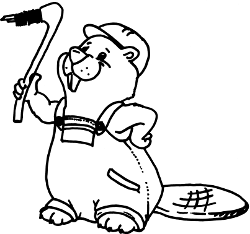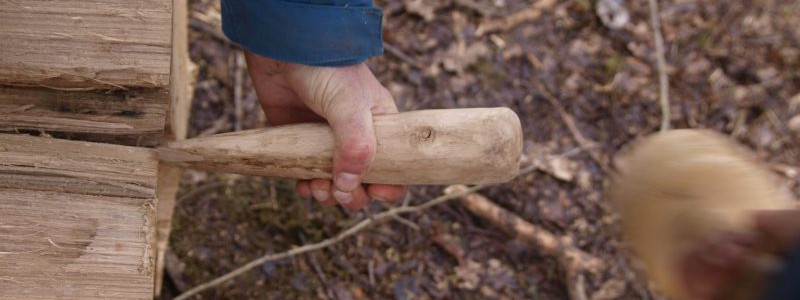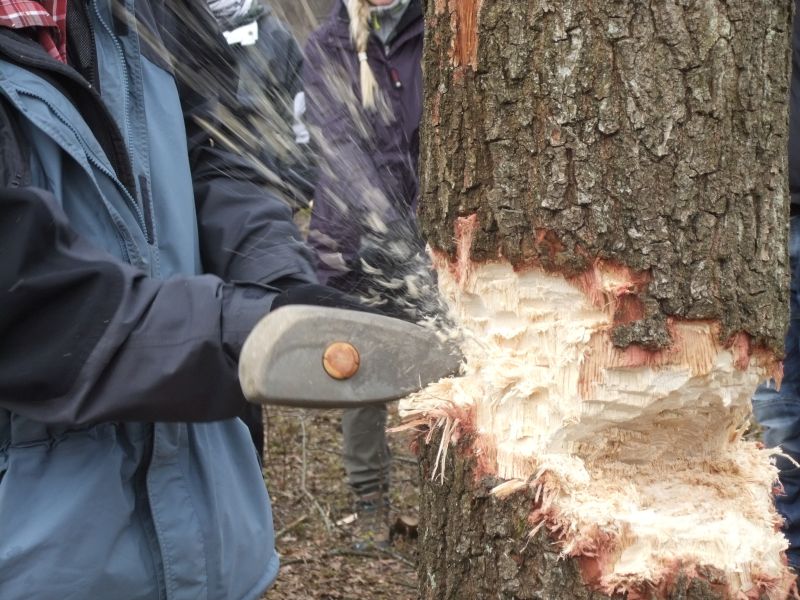Ergersheim Experiments
The Ergersheim Experiments are a series of archaeological experiments on felling and woodworking techniques with reconstructed (Early) Neolithic tools, carried out annually since 2011. They are organized by volunteer scientists and students from various universities, heritage administrations, museums and institutions, as well as archaeo-technicians and interested laymen from the Netherlands, Germany, Austria and Switzerland. The experiments are generously supported by the municipality of Ergersheim, Bavaria, Germany and the Archaeological Association of Ergersheim.
Techniques of Neolithic tree felling and woodworking have been experimentally investigated for a long time, but hardly ever with woodworking tools from the Early Neolithic Linear Pottery culture. On 29 October 2010 user rolfpeter1 presented the simple question in www.archaeoforum.de, an Internet discussion forum on pre- and protohistoric archaeology and reconstruction: "Does anyone have information on how people of the Linear Pottery culture managed to cut down big trees?" This developed into one of the most extensive threads on this internet platform. After considering many theoretical options about the use of obliquely hafted stone adzes it became clear that the theoretical approaches should be tested experimentally using the results of the latest Linear Pottery well finds.
11th Experiment 2025

The 11th Ergersheim Experiment took place from March 21 - 23, 2025.
Location: 49.542888 North, 10.359050 East
As in previous years, various teams and participants worked on their projects, including the continuation of work on the reproduction of well corner posts based on a find from Ostrov, work with jadeite axes, experiments with flint chisels, work on a blank for a Roman workbench made of oak wood, and experiments with copper axes.
On Saturday evening, after dinner together, a series of lectures were on the program. On Sunday morning, there was a joint excursion to the Uffenheim Museum before getting back to work in the woods.


















